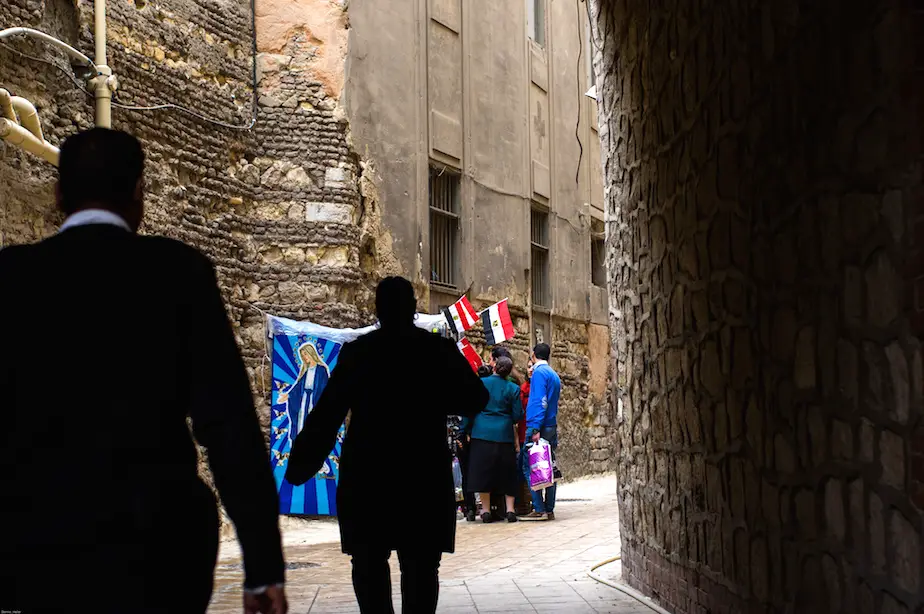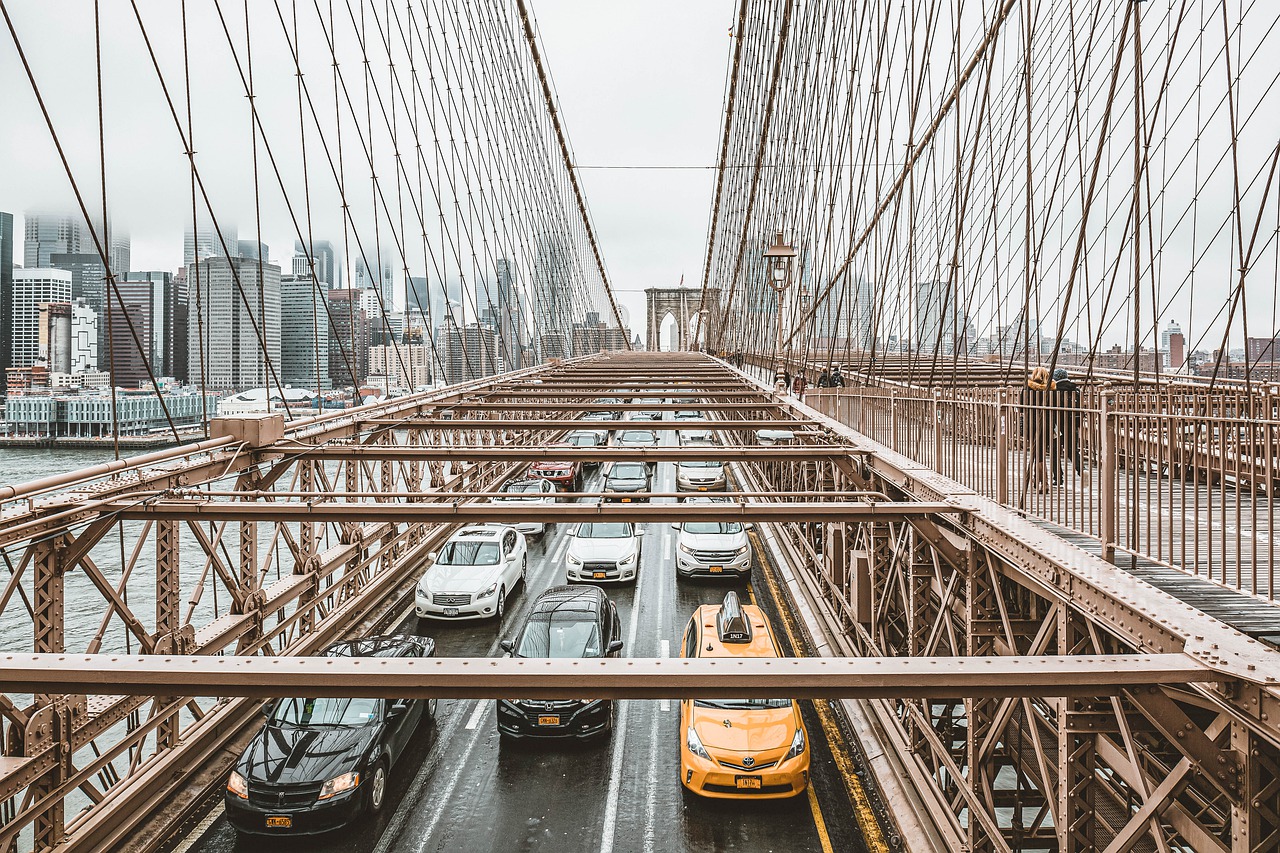Many architects have come up with innovative concepts of future utopian cities, some of which are related to smart, sustainable, and bio-tech innovation. However, it is not clear at the moment whether these cities can really address the challenges of tomorrow’s world, or if they are going to end up as unrealistic utopian ideas. Questions often asked include: is the future city for making people more comfortable socially and economically, or is it is just a for-profit initiative? And can local people develop a more successful vision for future cities? These two ideas present a very different approach, but have one thing in common: they float.
Lilypad: The Smart Floating City
Vincent Callebaut Architectures, a pioneering French firm, proposed the Lilypad floating Ecopolis for facing the worldwide ecological crisis of climate change and global warming. These proposed biomimicry floating cities are made of fake mountains, suspended gardens, and an artificial central lagoon of fresh water, all connected by an organic network of streets and alleyways. They are also to be self-sufficient and to have zero carbon emissions. The skin of the floating structure is made up of two layers: polyester fibres and titanium dioxide. Carbon dioxide is absorbed from the atmosphere through the interaction of the titanium dioxide with ultra violet rays. Moreover, renewable energy from sun, wind and biomass would be the main sources of power. This high-tech smart floating city would undoubtedly cost a fortune to be built. Ironically, the Lilypad is designed to provide housing for climate change refugees. Do we really need all this extravagance?

Cities are not only made up of technical and physical systems, but of social structures as well. Christopher Alexander, an architect, argues that a city is a complex, abstract structure which is not a tree of objects isolated from one another but rather a semi-lattice where physical and technical structures are overlapped with another semi-lattice social structure. Seemingly, the future smart, even sustainable, city disregards this fact. It is a pure investor-oriented project, meaning that large high-tech companies and other businesspeople would have much to gain from building future utopian cities with high technological trends such as electric transport systems and artificial intelligence.
On the other hand, being smart doesn’t necessarily mean being happy. For example, according to the IESE Cities In Motion Index, New York was classified as the third smartest city in the world. However, it has major drawbacks in terms of social cohesion, and researchers at the University of British Columbia and Harvard University put it on the top list of the unhappiest American cities. So, what does this mean when considering potential alternative solutions for future climate refugees?
Mesopotamian Marshes: A Traditional Floating Community

The Iraqi Marshes, or Mesopotamian Marshes, are a wetland area located at the intersection of the Degla and Euphrates rivers in southern Iraq, and are a clear example of vernacular floating settlements. Originally, the Sumerians settled down in the Marshland westward of Ur city, the capital of Sumerian civilization at that time, in 4000th B.C. The Marshland was also populated by tribal groups of Marsh Arabs, who lived sustainably on grazing animals such as buffaloes and cows on the natural marsh vegetation, and on fishing, and rice cultivation. It was also a refuge for Shiite groups persecuted by the government of Saddam Hussein, who drained and poisoned the area in the early 1990s. Thankfully, are slowly returning to their original state after political changes in the region.
The Marshes are a charming and fascinating world of biodiversity and wildlife: one of the key stopovers for migrating birds, and a home for diverse fish species. The area has a truly unique aesthetic. Houses are made of Qasab reeds, a local material also known as Phragmites or papyrus, and have a unique architectural style. Collectively, the area is a good example of a self-sufficient or sustainable water world.
The future of our cities in the era of technology and global warming is unlikely to be similar to the Mesopotamian Marshes, but there are things we can learn from how indigenous communities face local challenges.
Architects and planners have an opportunity to address problems by learning from both global best practice and the needs and experiences of local people. Combining these things will result in more realistic solutions. The cut and paste of words like ‘smart’, ‘green’, and ‘eco-city’ should probably also stop. Repeating such words will certainly strengthen them in people’s minds, but with this in mind, words that emphasise social engagement should perhaps be used instead. This acts as a reminder that cities are for all categories of people.
Abdelbaseer A. Mohamed is a short-term scholar at American University in Washington DC and a PhD student at Ain Shams University, Cairo, Egypt.
Images: Vincent Callebaut Architectures and Wikimedia


